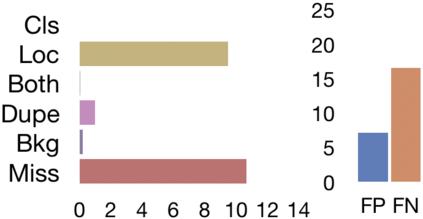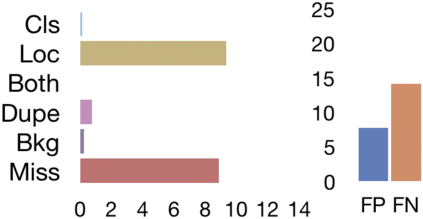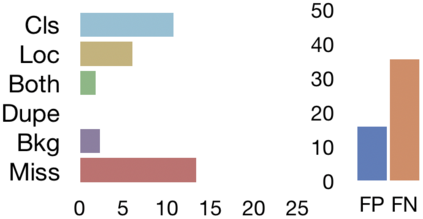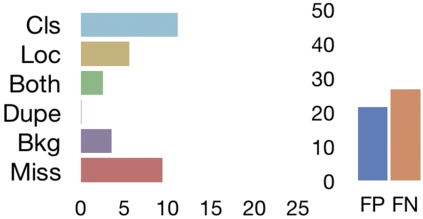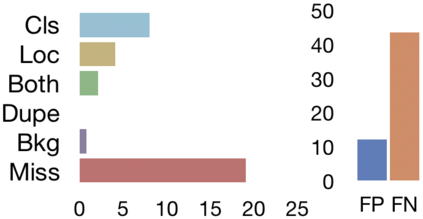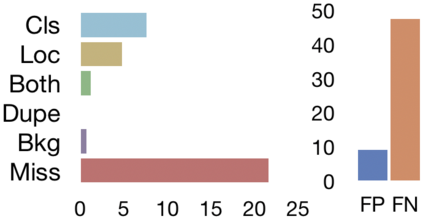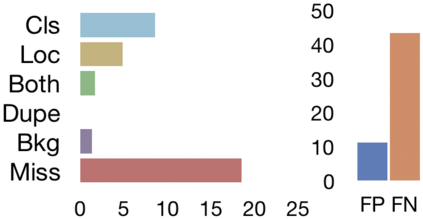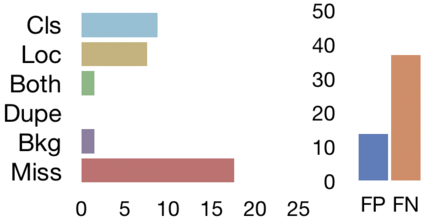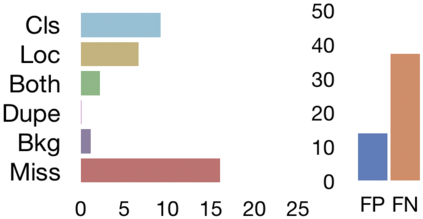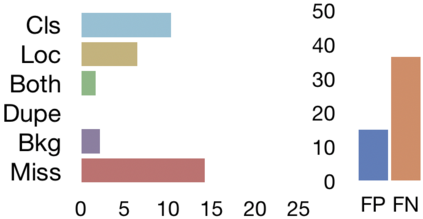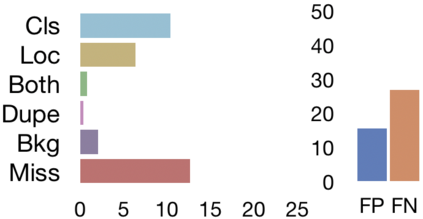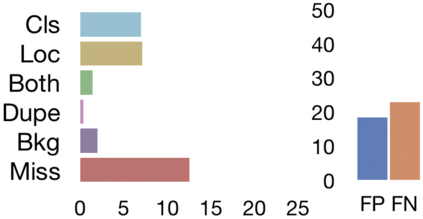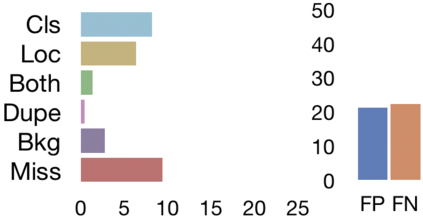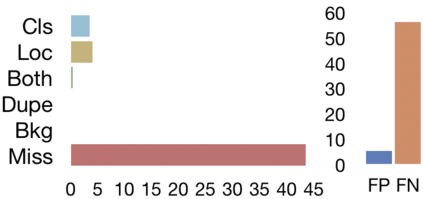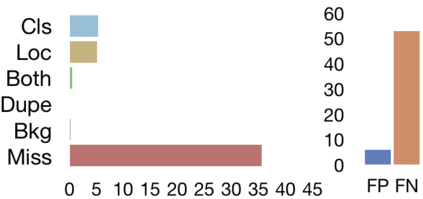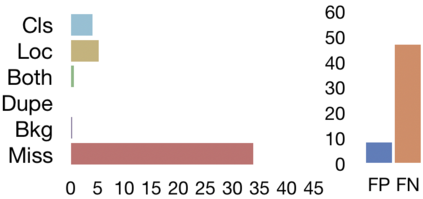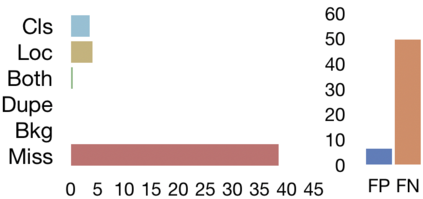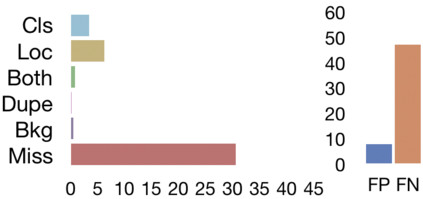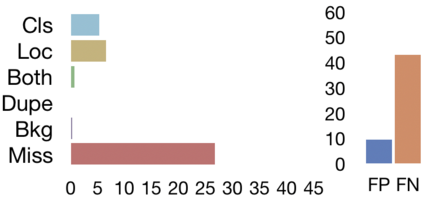Deep detection approaches are powerful in controlled conditions, but appear brittle and fail when source models are used off-the-shelf on unseen domains. Most of the existing works on domain adaptation simplify the setting and access jointly both a large source dataset and a sizable amount of target samples. However this scenario is unrealistic in many practical cases as when monitoring image feeds from social media: only a pretrained source model is available and every target image uploaded by the users belongs to a different domain not foreseen during training. We address this challenging setting by presenting an object detection algorithm able to exploit a pre-trained source model and perform unsupervised adaptation by using only one target sample seen at test time. Our multi-task architecture includes a self-supervised branch that we exploit to meta-train the whole model with single-sample cross-domain episodes, and prepare to the test condition. At deployment time the self-supervised task is iteratively solved on any incoming sample to one-shot adapt on it. We introduce a new dataset of social media image feeds and present a thorough benchmark with the most recent cross-domain detection methods showing the advantages of our approach.
翻译:深度检测方法在受控条件下是强大的,但在源模型在看不见的域上使用现成的源模型时,这种探测方法看起来很有力,但似乎很困难和失败。大部分现有的领域适应工作简化了设置和访问,既包括大型源数据集,也包括数量庞大的目标样本。然而,在许多实际情况下,这种情景是不切实际的,例如监测社交媒体提供的图像:只有预先培训的源模型,用户上传的每个目标图像都属于培训期间没有预见到的不同领域。我们通过展示一种能够利用预先培训的源模型进行不受监督的调整的物体检测算法来应对这一具有挑战性的设置。我们的多任务结构包括一个自我监督的分支,我们利用这一分支利用单一标本的跨面事件来对整个模型进行元化,并准备到测试状态。在部署时,任何输入的样本都会对自我监督的任务进行反复解答,以一线对它进行调整。我们引入了一套新的社会媒体图像反馈数据集,并对最新的跨面探测方法提出了彻底的基准。


























